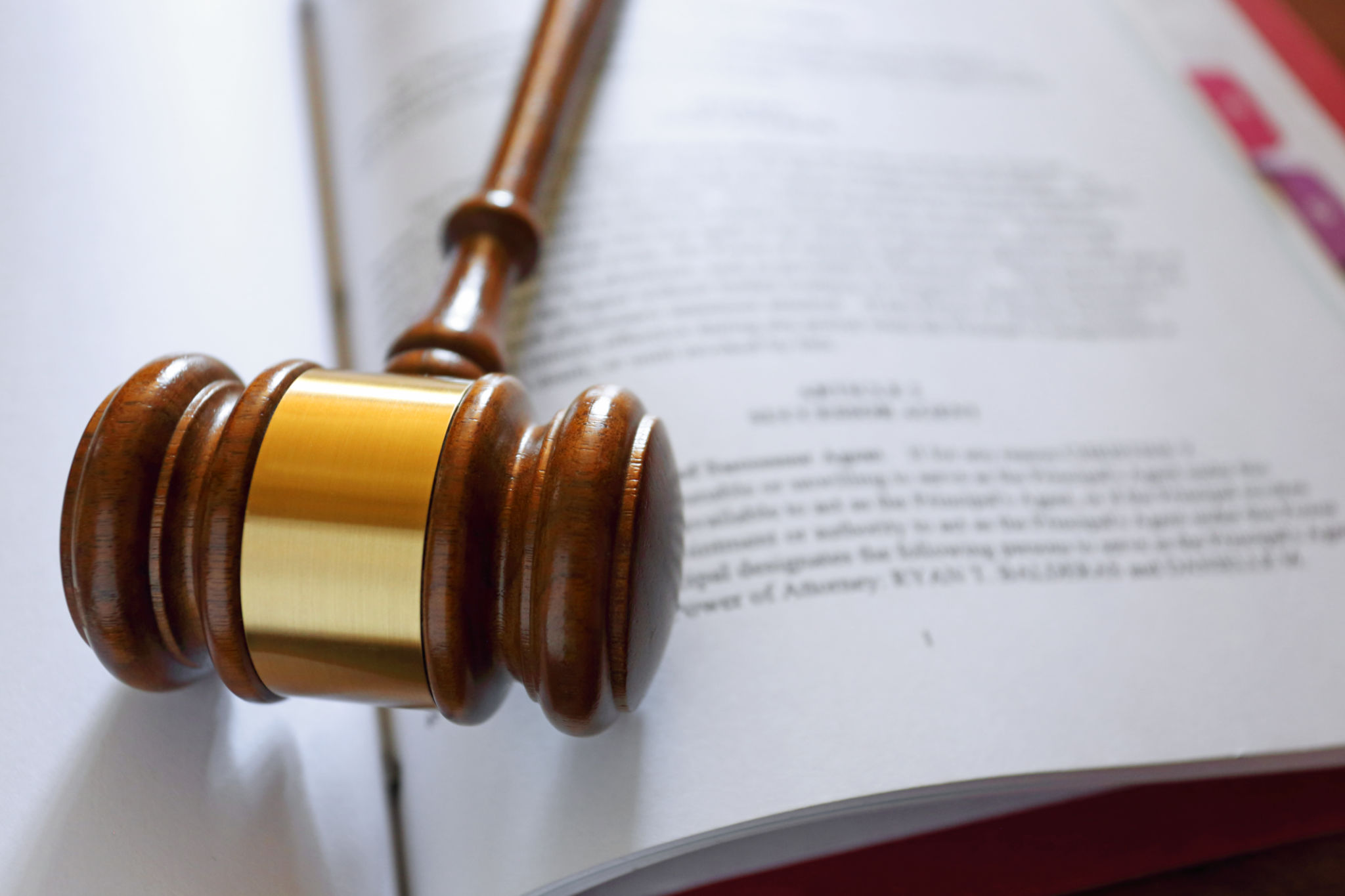Preparing for Supreme Court Hearings: A Guide for Tribal Rights Cases
Understanding the Importance of Tribal Rights Cases
Tribal rights cases heard by the Supreme Court hold immense significance, as they can influence the legal landscape for Native American tribes across the United States. These cases often involve complex issues related to sovereignty, land rights, and treaty obligations. Preparing for such hearings requires a thorough understanding of legal precedents and the unique cultural and historical context of each case.

Researching Legal Precedents
One of the first steps in preparing for a Supreme Court hearing on tribal rights is conducting comprehensive research on legal precedents. This involves reviewing previous Supreme Court decisions that have addressed similar issues. Legal teams should focus on understanding how past rulings might impact the current case and identify any patterns or shifts in judicial interpretation.
Analyzing Previous Rulings
It is crucial to analyze previous rulings not only for their outcomes but also for the legal reasoning behind them. Pay close attention to majority and dissenting opinions, as they can provide valuable insights into the court's approach to tribal rights. This analysis helps in anticipating potential arguments and preparing counterarguments.
Consulting with Tribal Leaders and Experts
Another essential component of preparation is consulting with tribal leaders and experts in Native American law. These individuals can offer perspectives that are deeply rooted in the tribe's culture and history, which are often pivotal in shaping legal arguments. Their input can be instrumental in crafting a narrative that resonates with both the justices and the public.

Engaging Cultural Historians
Engaging historians who specialize in Native American cultures can further enrich the preparation process. They can provide context on treaties, historical grievances, and cultural practices that may be relevant to the case. This background can be crucial in building a compelling argument that highlights the tribe's unique position.
Preparing Legal Arguments and Briefs
Once research and consultations are complete, the next step is to develop clear and persuasive legal arguments. Crafting well-organized briefs that clearly state the tribe's position and legal rationale is essential. These documents should be meticulously reviewed to ensure accuracy and coherence.
Highlighting Key Points
In preparing briefs, it's important to highlight key points that align with the tribe's interests and the broader implications of the case. Emphasizing elements that support tribal sovereignty and rights can strengthen the argument presented before the court. Additionally, identifying potential weaknesses in the opposition's case can help in preemptively addressing counterarguments.

Mock Trials and Oral Argument Practice
Before appearing in court, conducting mock trials can be an effective way to practice oral arguments. This rehearsal allows legal teams to refine their presentation skills, anticipate questions from justices, and improve their ability to respond under pressure. Engaging in these simulations helps build confidence and ensures that all members of the team are on the same page.
Feedback and Refinement
After mock trials, seeking feedback from peers and mentors can provide valuable insights into areas that need improvement. Constructive criticism can guide refinements in both content and delivery, ensuring a polished performance during the actual hearing.
Conclusion: The Road to Justice
Preparing for a Supreme Court hearing in tribal rights cases is a complex and demanding process. It requires meticulous research, collaboration with cultural experts, strategic legal planning, and rigorous practice. By following these steps, legal teams can effectively advocate for tribal rights, contributing to justice and equity for Native American communities.